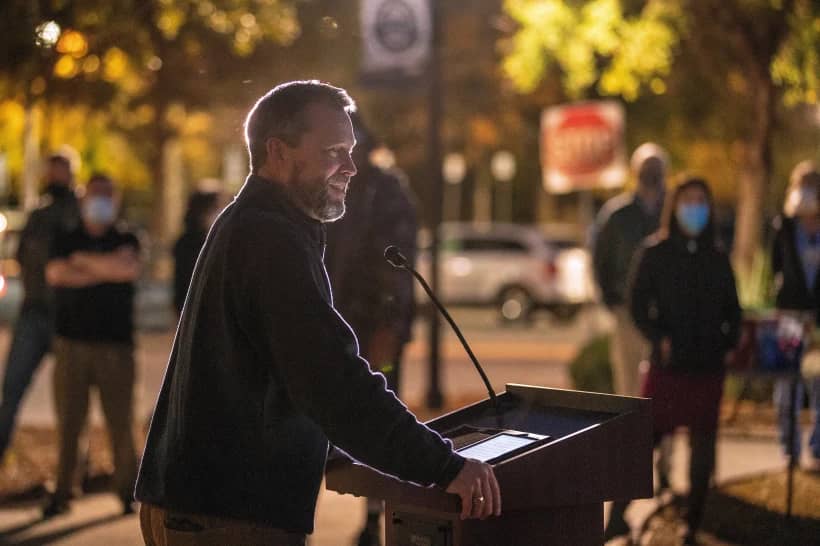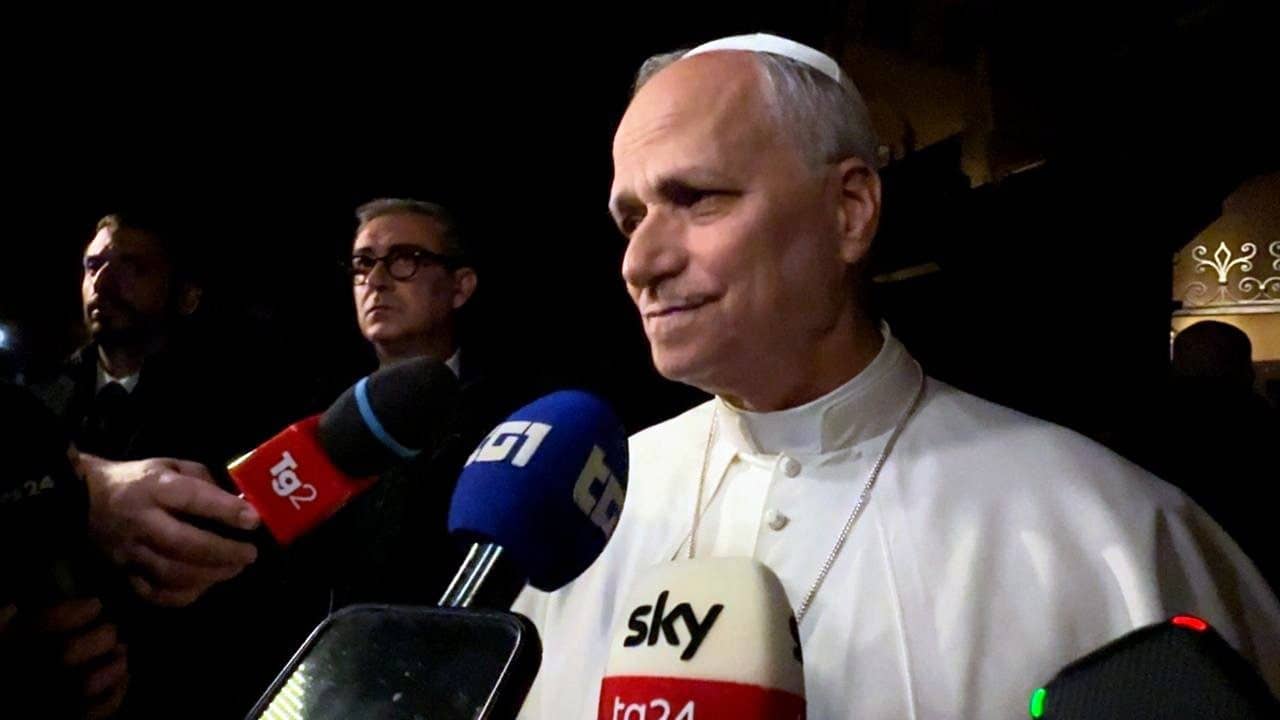A public battle over a bishop’s body.
Fulton Sheen’s body to be precise — the body of the Emmy Award-winning preacher bishop who was the most recognizable public face of American Catholicism in the 1950s and ‘60s.
Crux and other media outlets have reported on Fulton Sheen’s case for sainthood, focusing on what has now become an open dispute between Bishop Daniel Jenky of Peoria and Cardinal Timothy Dolan of New York over whether Bishop Sheen’s body should be removed from its current resting place in St. Patrick’s Cathedral.
A battle over a saint’s body is nothing new to Catholicism. The powerful abbeys of Monte Cassino and Fleury fought over possession of St. Benedict’s body for hundreds of years; Venice and Bari competed for the relics of St. Nicholas. A saint’s tomb brought prestige, political legitimacy, and pilgrims with cash to spend. On one level, the current conflict between Peoria and New York represents nothing new at all — it simply brings a very old Catholic dynamic into our contemporary age.
But on another level, we are seeing something new. The debate over Bishop Sheen’s body — where it should entombed and what to do with it — tells us something about how traditional Catholic attitudes toward saintly bodies can challenge our conventional sensibilities.
After all, if we were talking about cremated remains, instead of an intact body, I doubt whether there would be a dispute at all.
A charismatic speaker
During a time when Catholics were still viewed with suspicion by large sections of American society, Fulton Sheen not only made Catholicism palatable but persuasive. His talks are still broadcast by EWTN and are available on YouTube. His cadence and clarity, along with his sonorous voice, made him an excellent speaker.
But if you turn the volume down on a clip of one of his talks, you’ll quickly notice something else: his gestures.
Bishop Sheen would often begin with his hands clasped in an almost prayerful way, but raise his arms to punctuate a salient point with his hands. He had a studied awareness of the camera: he knew when to took toward it, how to position his body in relation to it, how to appreciate it as his audience’s eye. Sometimes, he could be almost flamboyant with his farraiolo — his silk cape — ruffling and swaying as his speech gained energy and moved to its conclusion. He was the very embodiment of a certain kind of Catholicism: traditional, to be sure, but also quite able to engage the modern world in a particularly modern way.
In 2012, Fulton Sheen was proclaimed venerable by Benedict XVI and the cause of his canonization seemed to be moving apace until the recent dustup between Peoria and New York. The stakes were raised when Cardinal Dolan was quoted as objecting to the “dismemberment” of Fulton Sheen’s body.
It is this discomfort with dismemberment that reveals something potentially disturbing about traditional Catholic attitudes toward the body.
When a person is proclaimed a saint, first class relics are collected. These are actual pieces of the saint’s body. They are placed underneath altars and in reliquaries to be venerated by the faithful.
It is highly unlikely in this day and age that Bishop Sheen’s body would actually be dismembered if he were to be canonized. Most likely, hair, pieces of fingernails, or skin, would be collected instead.
But dismemberment of a saint’s body does have a long history in Catholicism. When Thomas Aquinas died, his head was removed by monks at the abbey where he died: his skull is now display in Fossovo Abbey outside Rome, his bones are in Toulouse, and his thumb may be seen in Milan, at the cost of six euros.
In the Middle Ages, sometimes the body of a dead aristocrat would be dismembered so that a part could be buried near the tomb of a particular saint.
To many now, such practices seem bizarre or even ghoulish. And the first class relic of a saint certainly evokes a certain level of consternation. When watching the canonizations of John XXIII and John Paul II, I was struck by how some commentators expressed discomfort with how John Paul’s blood and a piece of John’s skin were displayed in St. Peter’s Square. When Cardinal Dolan speaks of “dismembering” Fulton Sheen’s body, he touches upon a sensibility that many of us share: that a body — living or dead — should be kept intact.
But traditional Catholic practices regarding saintly bodies point to a different reality, a different framework for understanding the human body and its meaning.
Writing in his classic book, “The Cult of the Saints,” Peter Brown observed that there was no better way to represent how a saint triumphed over death than to remove a piece of the body from the cluttered grave. The relic of the saint revealed the sanctity of the body — a sanctity that is meant to be shared in a way not dissimilar to how the sanctity of Jesus’ body is shared and adored.
Regarding the case of Fulton Sheen, it will be interesting to see how the dispute develops. Most people I know are shocked that a conflict between bishops has become public in this way — so some sort of reconciliation should be imminent, at least for the sake of appearances.
But underlying it all are implicit understandings about sanctity and how it relates to our physical embodiment as human beings. And when it comes to the sanctity of the human body, Catholicism has some powerful, and, to some, shocking things to say.
Mathew N. Schmalz is associate professor of religious studies at the College of the Holy Cross in Worcester, Massachusetts, where his research and teaching focuses on global Catholicism, South Asian studies, and modern religious movements.













